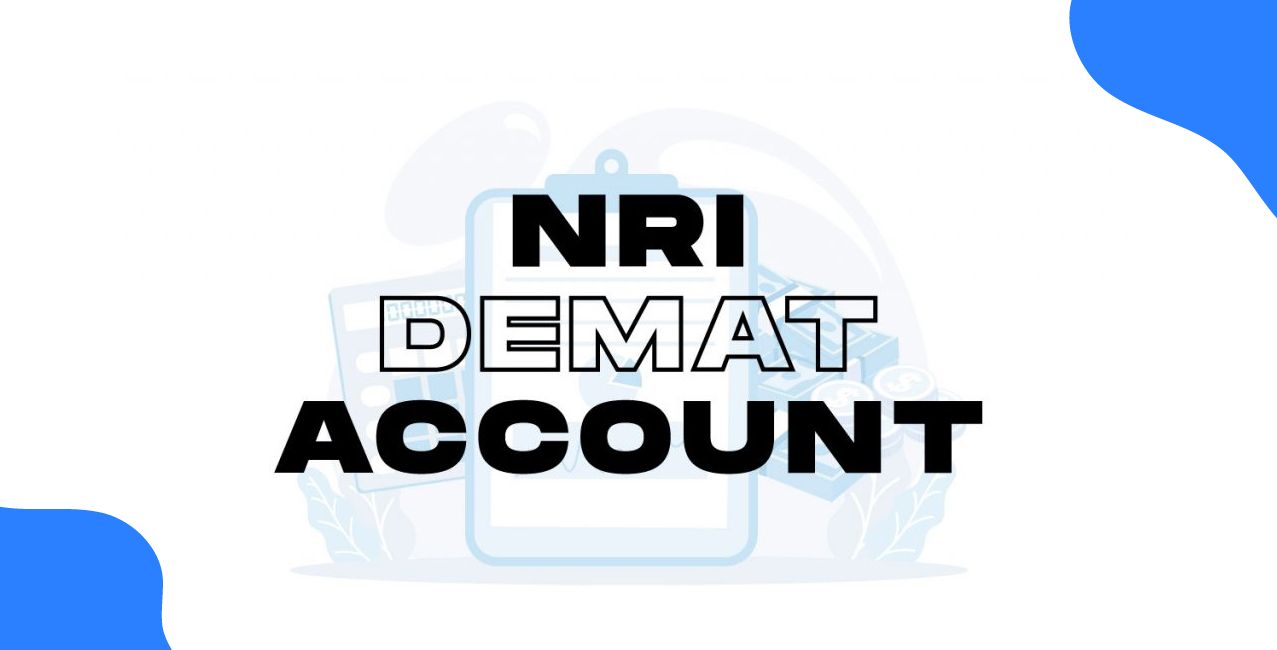
Author
LoansJagat Team
Read Time
6 Min
29 Jul 2025
Budgetary Control: Meaning, Objectives & Techniques Explained
Budgetary control is the process by which a business plans its income and expenses, then regularly checks actual results against these plans. It helps managers spot problems early and make quick decisions to keep the business on track.
What is Budgetary Control? Process, Advantages & Techniques
Budgetary control helps business owners like Divyansh to keep track of their money.
Divyansh runs a garment shop in Delhi. At the start of each month, he makes a budget for how much he plans to earn and spend. At the end of the month, he checks the actual figures and compares them with his budget. This helps him see if things are going well or if he needs to make changes.
Divyansh’s Budget vs Actual: March
In March, Divyansh earned ₹40,000 less than he expected and spent ₹15,000 more running the shop. Because of this, his profit fell from ₹50,000 to just ₹10,000. He quickly investigated the problem and made a plan to improve things next month. This is how budgetary control helps him manage his business better. In this blog, you will learn about budgetary control, its process, advantages, and techniques.
Objectives of Budgetary Control
The main goal of budgetary control is to help businesses plan and manage their finances effectively. It focuses on controlling costs, improving efficiency, and making sure resources are used wisely. By comparing actual results with budgets, managers can find out if they are spending too much or not using their resources properly. This helps them take quick action to fix any problems.
For example, if a company budgets ₹2,00,000 for raw materials but spends ₹2,50,000, it means costs have increased by ₹50,000. Budgetary control will help the manager investigate why costs rose and find ways to reduce waste or negotiate better prices. Similarly, if production targets are set at 10,000 units but only 8,000 units are made, the manager can identify efficiency issues and work to improve output.
In short, budgetary control aims to:
- Keep costs within limits.
- Use resources efficiently.
- Achieve business targets.
- Improve decision-making with regular financial checks.
This way, businesses avoid waste, boost profits, and stay on track with their finance.
The Budgetary Control Process
Budgetary control follows a clear process to help businesses plan and control their money effectively. It starts with preparing budgets and ends with analysing performance to make improvements. The main steps are:
- Setting Budgets: The business sets financial targets for income, costs, and expenses for a specific period, usually monthly or yearly.
- Communicating the Budget: The budget is shared with all departments so everyone knows their targets.
- Monitoring Actual Performance: The business tracks actual income and spending during the period.
- Comparing Actual with Budget: Managers compare actual figures with budgeted amounts to identify any differences, called variances.
- Analysing Variances: They examine why these differences occurred, due to higher costs, lower sales, or other factors.
- Taking Corrective Action: Based on this analysis, managers adjust operations or budgets to improve future performance.
Example: Divyansh’s garment shop sets a sales budget of ₹5,00,000 and an operating expenses budget of ₹2,00,000 for April.
Divyansh notices sales were ₹50,000 less than planned, but expenses were ₹20,000 lower. He investigates the sales drop and decides to increase marketing efforts next month while maintaining good expense control.
This step-by-step process helps Divyansh keep his business financially healthy by regularly checking performance and making timely decisions.
Key Techniques of Budgetary Control
Using the right budgeting methods can help spot problems early, adjust plans when things change, and focus on what really matters. Here are some common techniques with simple examples to show how they work in everyday business.
Using these techniques helps business owners like Divyansh control their money better and make smarter decisions. Watching actual spending closely, checking every cost carefully, changing plans when needed, and focusing on the most expensive activities help keep the business running smoothly and profitably.
Advantages of Budgetary Control
Challenges and Limitations of Budgetary Control
Effective budgetary control is essential for managing a company’s finances, but it does come with certain challenges. Understanding these limitations and how to address them can help organisations maintain better control and achieve their goals.
By recognising these challenges and applying the suggested approaches, organisations can strengthen their budgetary control and support better decision-making across departments.
Conclusion
Budgetary control helps businesses like Divyansh’s track how much money they earn and spend. By setting a budget (like ₹5,00,000 for sales and ₹2,00,000 for expenses) and comparing it with actual results, they can spot problems early and fix them. It helps in saving costs, planning better, and making smart business decisions.
FAQs
Q. How often should I revise a budget?
You should review and update your budget regularly. Doing this every three months helps you keep up with changes in costs, sales, or the market.
Q. What tools or software can help with budgetary control?
You can use easy tools like Excel or QuickBooks. There are also special budgeting programmes such as Xero and Zoho Books that help you track and manage your budget.
Q. How can I handle unexpected expenses that do not fit the budget?
It is good to keep some extra money in the budget for surprises. This way, unexpected costs will not cause problems.
Q. What is the best way to involve staff in budgetary control?
Tell your team clearly about the budget goals. Ask them to share ideas to save money or improve the process. This helps everyone work together.
Q. Can budgetary control help improve business profits?
Yes, budgeting helps you control spending and find ways to cut costs. This can make your business more profitable.
About the Author

LoansJagat Team
‘Simplify Finance for Everyone.’ This is the common goal of our team, as we try to explain any topic with relatable examples. From personal to business finance, managing EMIs to becoming debt-free, we do extensive research on each and every parameter, so you don’t have to. Scroll up and have a look at what 15+ years of experience in the BFSI sector looks like.

Quick Apply Loan
Subscribe Now


